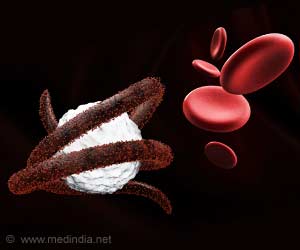The patient, a male, had onset of symptoms — fever, headache, fatigue, abdominal pain, and gingival hemorrhage — on July 25. He sought treatment at a small health facility on August 1. A rapid diagnostic test for malaria was performed which was negative. The patient received supportive care with rehydration, parenteral antibiotics and treatment to manage symptoms. However, he died the following day.
‘Marburg virus disease has no vaccines or antiviral treatments approved. However, supportive care, rehydration with oral or intravenous fluids and treatment of specific symptoms, improves survival.’
An investigation team of national authorities and WHO experts was deployed to conduct an in-depth investigation. They collected a post-mortem oral swab sample. A real-time PCR was conducted which confirmed the sample was positive for Marburg virus disease and negative for Ebola virus disease.
“The potential for the Marburg virus to spread far and wide means we need to stop it in its tracks,” World Health Organization’s (WHO) Regional Director for Africa, Dr Matshidiso Moeti, said in a statement on Monday.
“We are working with the health authorities to implement a swift response that builds on Guinea’s past experience and expertise in managing Ebola, which is transmitted in a similar way,” he added.
West Africa has recorded the deadly disease for the first time. There have been 12 major Marburg outbreaks since 1967, mostly in southern and eastern Africa.
Efforts are underway to find the people who may have been in contact with the patient. As of August 7, only one case has been confirmed and all four identified high-risk close contacts are asymptomatic. Investigations are ongoing to identify the source of the infection and additional contacts of the index case, the WHO said.
Health authorities are also launching public education and community mobilization to raise awareness and galvanize support to help curb widespread infection.
Marburg is transmitted to people from fruit bats and spreads among humans through direct contact with the bodily fluids of infected people, surfaces and materials.
Illness begins abruptly, with high fever, severe headache and malaise. Many patients develop severe hemorrhagic signs within seven days. Case fatality rates have varied from 24 per cent to 88 per cent in past outbreaks depending on virus strain and case management.
Although there are no vaccines or antiviral treatments approved to treat the virus, supportive care — rehydration with oral or intravenous fluids — and treatment of specific symptoms, improves survival. A range of potential treatments, including blood products, immune therapies and drug therapies, are being evaluated, the WHO said.
Source: IANS



